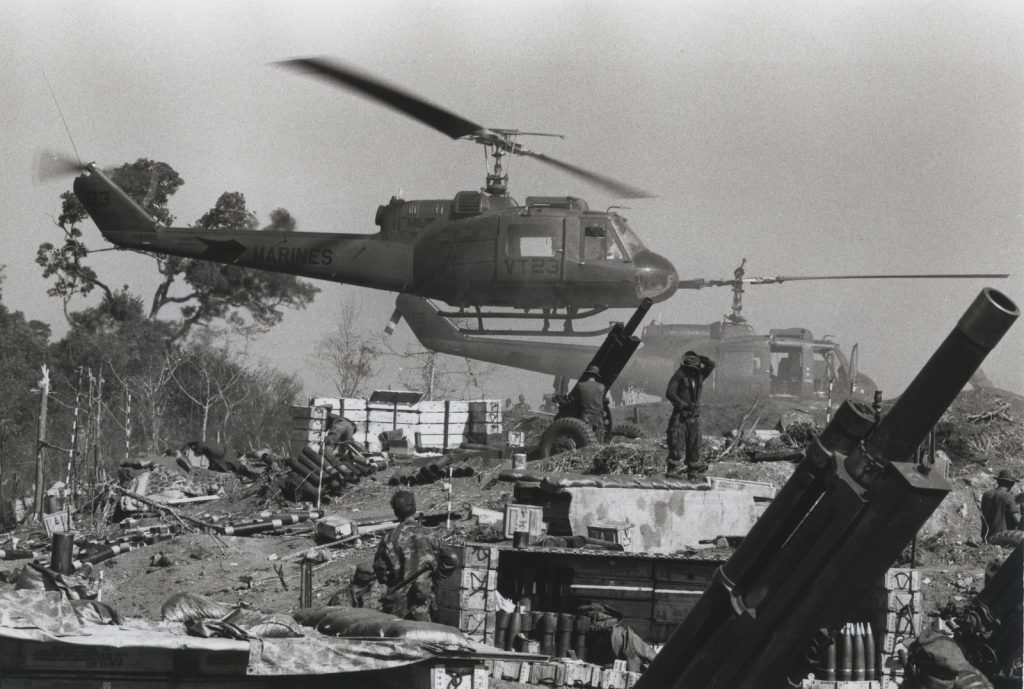
William Krebes took his mechanical skill from Indiana to Vietnam and back again
William Krebes grew up in Gary, Indiana. He thinks back fondly on his hometown, a place where jobs were available to anyone willing to work. William joined the ranks of the workforce at an early age in his father’s gas station where he learned the mechanical skills that would serve him well for the rest of his life.
“There was lots of manufacturing when I was growing up in Gary. There were steel mills everywhere.”
At that time, Gary was the typical American town, engraining its residents with pride, a strong work ethic and ardent patriotism. The steel industry alone accounted for over 30,000 jobs in Gary during the 1960s. Over the years, increasing steel imports and detrimental trade deals would erode both Gary’s steel and manufacturing sectors. By the time of the steel import crisis amid the Asian economic collapse of the 1990s, Gary’s steel employment would fall below 6,000. But this was not known to the town’s residents in the 1960s. The future for both William and Gary seemed secure and promising, but trouble was brewing thousands of miles away in a remote and unfamiliar country called Vietnam.
William enlisted in the United States Army in 1965. He was 18 years old and eager to serve his country. After completing Basic Training and Advanced Individual Training (AIT) at Fort Leonard Wood, Missouri, William was assigned to an engineer battalion at Fort Campbell, Kentucky. He would not spend much time there. Within months of arriving, he boarded a boat with fellow soldiers and Marines and headed off to Vietnam. Soon after arriving in Danang, his unit was assigned to a special mission and sent into the jungle on the Cambodian border. William became essential to the unit in various ways as a result of his mechanical skills. While he had been trained as a heavy equipment mechanic in AIT, his company found that he was also able to fulfil their needs for carpentry work. Once again, the interchangeable skills that he learned in his father’s shop proved valuable to William, the mission and his country.
After his tour in Vietnam, William was sent to Germany where he was officially tasked with the heavy equipment mechanical work which he had been trained for. Tanks, jeeps, forklifts, trucks and every manner of military vehicle passed through his shop, which at that time was the largest indoor maintenance facility in the world. William was in his element, and enjoyed his time fixing those massive military machines. But, after the time he had spent in Vietnam, he was also ready to return to the civilian world.
Returning to Gary was as strange as arriving in Saigon. The thriving manufacturing nexus that William had grown up in had changed drastically. Factories were closing and with their decline entire communities began eroding. Where once there were more jobs than could be filled, now finding employment proved difficult. As the manufacturing left, so too did all of the “multiplier” jobs that depended on manufacturing. Everything from restaurants and groceries, to hardware and clothing stores.
“I work with my hands. That’s what I do, mechanics. There used to be plenty of jobs like that in Gary, Indiana.”
William began working in construction, but still desired to return to the mechanical work that he had done all of his life. He was able to find that opportunity at a U.S. Steel facility in Gary where he worked for fifteen years. Today, William lives with his wife in a home which he built in Hobart, Indiana. His children and grandchildren bring him great pride and he asked that I mention his granddaughter Jessica is Senior Class President at Hobart High School!
We want to thank William for his service and his support for our American Made National Security initiative. William is a strong advocate for American manufacturing and he can commiserate with American soldier serving on the front lines today. It is essential that those soldiers be equipped with the most advanced and reliable equipment possible. That equipment must be Made in America!
